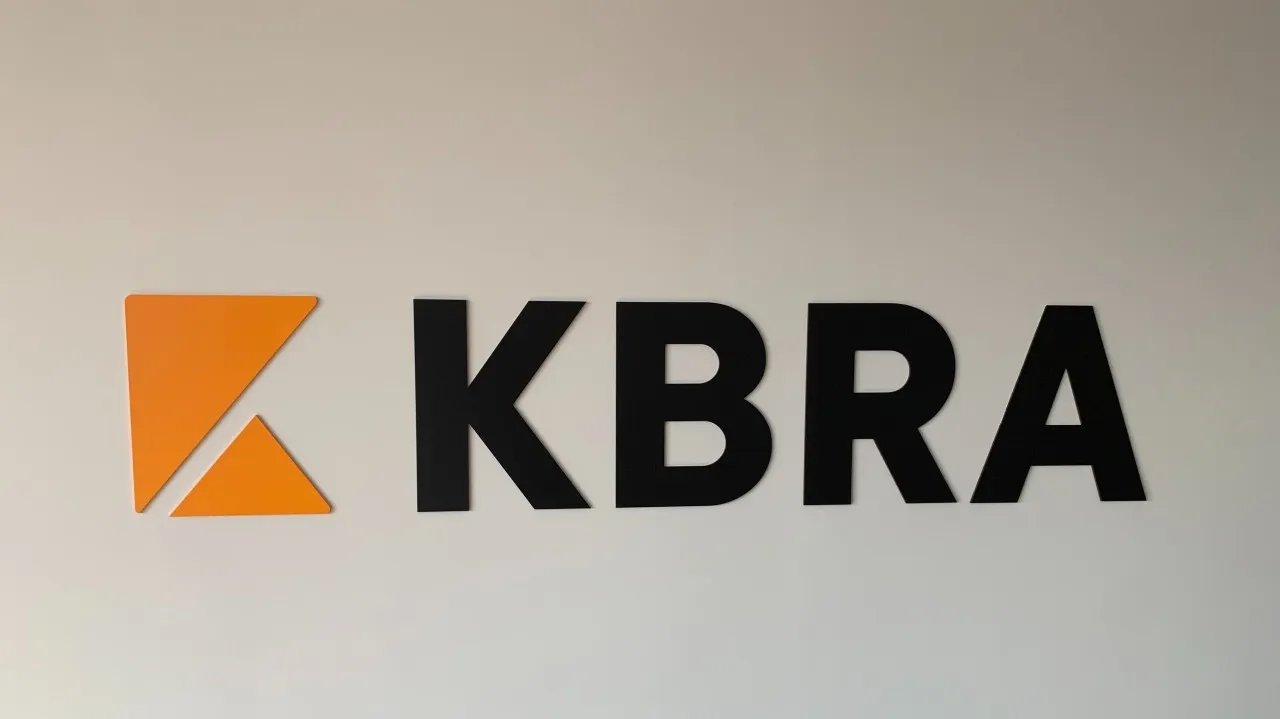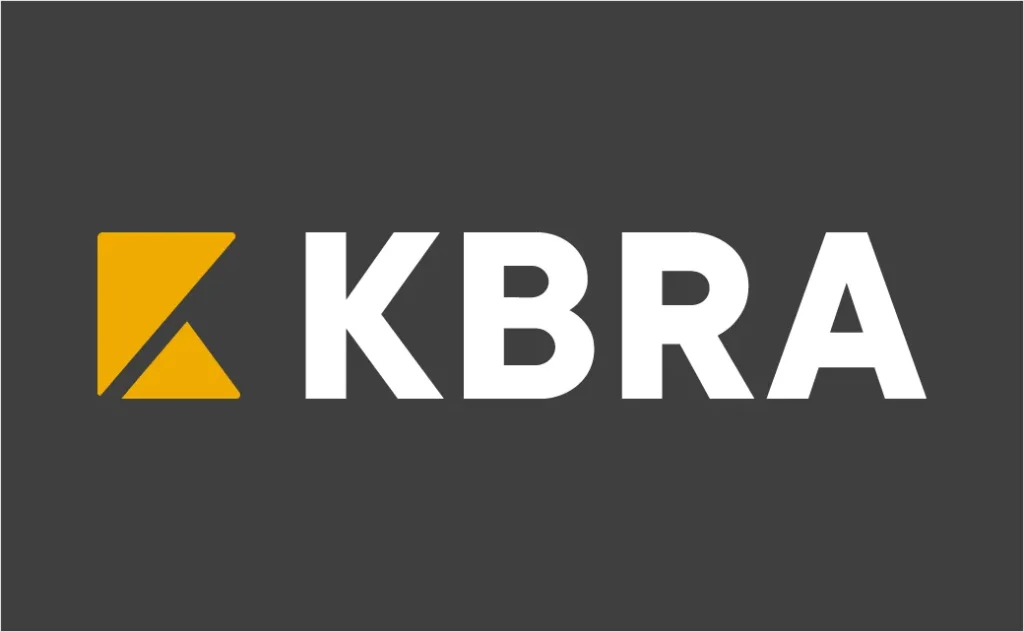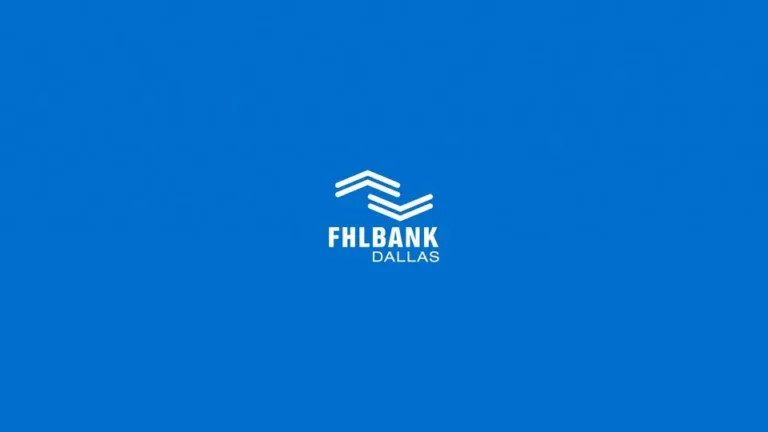
KBRA Assigns AA+ Rating to NYC GO Bonds, Affirms Outstanding Ratings
Kroll Bond Rating Agency (KBRA) has assigned a long-term credit rating of AA+ to the City of New York, NY (“the City”) for its General Obligation Bonds Fiscal 2025 Series E, Fiscal 2025 Series F, and Fiscal 2006 Series I, Subseries I-6. Simultaneously, KBRA has affirmed the long-term AA+ rating on all of the City’s outstanding General Obligation Bonds. The rating outlook remains Stable.
This rating assignment reflects New York City’s position as a dominant domestic and international hub for business, culture, and tourism. Additionally, the assessment acknowledges the City’s historically resilient and diverse economic base, its capacity to manage a substantial yet sustainable debt profile, and the effectiveness of its institutionalized financial management procedures. However, the rating also factors in potential risks, such as uncertainty surrounding federal funding, growing budgetary pressures that may contribute to long-term fiscal imbalances, and environmental challenges stemming from climate change and extreme weather vulnerabilities.
Key Credit Considerations
Credit Positives
Several strengths underpin New York City’s strong credit rating:
- Economic and Cultural Dominance:
- As one of the world’s foremost economic and cultural centers, New York City continues to attract businesses, talent, and tourism on an unparalleled scale. The City serves as the financial capital of the United States, housing key sectors such as banking, finance, technology, media, and professional services.
- The metropolitan area contributes significantly to the national economy, reinforcing a robust tax base that supports the City’s financial obligations.
- Long-Range Financial Planning and Budgetary Discipline:
- The City’s adherence to well-established financial planning and capital management practices enhances fiscal stability. Through institutionalized mechanisms, New York City has successfully implemented strategies to navigate economic fluctuations and revenue uncertainties.
- The Financial Plan includes multi-year forecasting, expenditure control measures, and provisions to address potential fiscal challenges, ensuring that financial decision-making remains proactive rather than reactive.
- Prudent Debt Management and Favorable Reserves Trends:
- Over recent years, New York City has maintained total reserves, pension funding ratios, and unfunded liabilities at levels that support long-term fiscal health. These improvements reflect prudent fiscal management and a commitment to responsible financial stewardship.
- The City’s debt service obligations remain manageable, with annual requirements consistently kept below 15% of total tax revenues. This disciplined approach ensures that long-term liabilities do not become a disproportionate burden on the City’s finances.
Credit Challenges
Despite its strong fiscal position, several challenges could affect the City’s financial outlook:
- Federal Funding Uncertainty and Policy Risks:
- A significant reduction in federal aid or shifts in federal policy could impact the City’s ability to balance its budget while maintaining essential services and infrastructure investments.
- The current Financial Plan does not explicitly outline contingency measures for potential federal funding declines, which presents a key risk in long-term fiscal sustainability.
- Immigration Reforms and Demographic Shifts:
- Federal immigration policies have the potential to alter New York City’s labor market and overall population trends. A decline in the workforce due to immigration restrictions could negatively impact economic growth and tax revenues.
- Although immigration reform may reduce certain municipal expenditures, such as social services costs, the broader economic implications of a shrinking labor force could outweigh these savings.
- Environmental and Climate-Related Risks:
- New York City’s geographical characteristics and coastal location make it highly susceptible to climate change-related risks, including KBRA rising sea levels, extreme heat, and increased storm intensity.
- Addressing these environmental challenges will require significant long-term investments at the city, state, and federal levels, potentially diverting funds from other critical areas of public spending.
Rating Sensitivities
Factors That Could Lead to an Upgrade:

New York City’s credit rating could improve further if the following conditions are met:
- Sustained Fiscal Strength and Budgetary Flexibility: Continued adherence to sound fiscal policies, coupled with the ability to manage economic headwinds, could enhance creditworthiness.
- Employment Growth and Revenue Resilience: An expanding labor market and consistent revenue growth, despite external pressures, would reinforce the City’s economic foundation.
- Formalized Reserve Policy: Implementing an KBRA explicit policy that defines the size of reserves and establishes clear guidelines for deposits and withdrawals could further strengthen financial stability.
- Institutionalization of Debt Service Cap: Integrating the City’s self-imposed policy of limiting debt service to 15% of tax revenues into the City Charter would provide greater structural assurance of long-term debt sustainability.
- Reduction of Long-Term Budget Gaps: A consistent trend of reducing or eliminating projected out-year budget deficits would signal enhanced financial discipline and a lower risk of fiscal imbalances.
Factors That Could Lead to a Downgrade:
Conversely, a downgrade could occur if:
- Economic Decline or Deterioration of Key Industries: A sustained downturn in major economic sectors, such as finance, technology, or real estate, could weaken the City’s tax base and ability to generate revenues.
- Deviations from Fiscal Discipline: Any relaxation of the City’s well-established financial policies, leading to increased spending without corresponding KBRA revenue growth, would pose a credit risk.
- Weakening Adherence to Budgetary Controls: A decline in the effectiveness of financial management practices, particularly regarding expenditure control and long-term planning, could negatively impact the City’s fiscal health.
New York City’s AA+ rating from KBRA reflects its economic strength, resilient financial management, and responsible debt strategy, positioning it as one of the most creditworthy municipalities in the United States. The City’s ability to navigate fiscal pressures KBRA through sound governance and institutionalized procedures ensures that it remains financially stable. However, KBRA continued vigilance is necessary to address risks related to federal funding, demographic changes, and environmental sustainability.
Investors and stakeholders in the municipal bond market can find further details, rating methodologies, and disclosures by accessing KBRA’s official publications.




